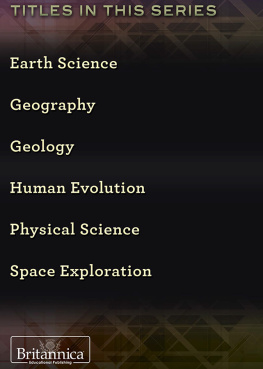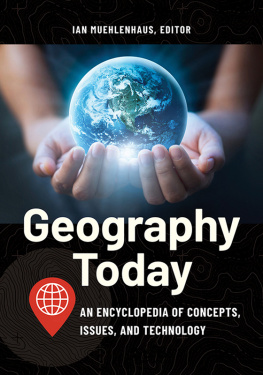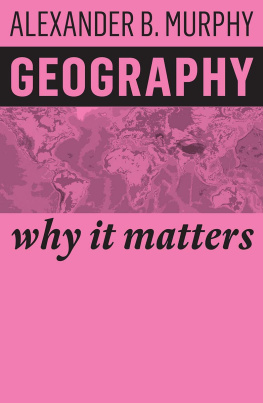

Published in 2017 by Britannica Educational Publishing (a trademark of Encyclopdia Britannica, Inc.) in association with The Rosen Publishing Group, Inc.
29 East 21st Street, New York, NY 10010
Copyright 2017 by Encyclopdia Britannica, Inc. Britannica, Encyclopdia Britannica, and the Thistle logo are registered trademarks of Encyclopdia Britannica, Inc. All rights reserved.
Rosen Publishing materials copyright 2017 The Rosen Publishing Group, Inc. All rights reserved.
Distributed exclusively by Rosen Publishing.
To see additional Britannica Educational Publishing titles, go to rosenpublishing.com.
First Edition
Britannica Educational Publishing
J.E. Luebering: Executive Director, Core Editorial
Anthony L. Green: Editor, Comptons by Britannica
Rosen Publishing
Kathy Kuhtz Campbell: Senior Editor
Nelson S: Art Director
Brian Garvey: Designer
Cindy Reiman: Photography Manager
Nicole DiMella: Photo Researcher
Supplementary text by Jason Shattuck
Library of Congress Cataloging-in-Publication Data
Names: Shattuck, Jason, editor.
Title: Geography / edited by Jason Shattuck.
Description: New York, NY : Britannica Educational Publishing in association with the Rosen Educational Services, Inc., 2017. | Series: The study of science | Includes bibliographical references and index.
Identifiers: LCCN 2016020436 | ISBN 9781508103547 (eBook)
Subjects: LCSH: GeographyJuvenile literature.
Classification: LCC G133 .G47 2017 | DDC 910dc23
LC record available at https://lccn.loc.gov/2016020436
Photo credits: AP Images; cover and interior pages backgrounds and borders iStockphoto.com/LuMaxArt.
CONTENTS

Mount Rainier, part of the Cascade Range, and Eunice Lake, which was carved by glaciers, are located in Washington State. They are surrounded by meadows and forested land.
As the study of the diverse environments, places, and spaces of Earths surface, geography seeks to answer the questions of why things are as they are, where they are. The modern academic discipline of geography is rooted in ancient practice, concerned with the characteristics of places, in particular their natural environments and peoples, as well as the interrelations between the two. Its separate identity as a discipline was first formulated and named some two thousand years ago by the Greeks, whose geo and graphein were combined to mean earth writing or earth description. However, what people now understand as geography was elaborated before then, in the Arab world and elsewhere. Ptolemy, author of one of the disciplines first books, Guide to Geography (second century CE ), defined geography as a representation in pictures of the whole known world together with the phenomena which are contained therein. This expresses what many still consider geographys essencea description of the world using maps (and now also pictures, as in the kind of popular geography exemplified by National Geographic Magazine , a monthly magazine of geography, archaeology, anthropology, and exploration). However, as more was learned about the world, the study of geography acquired a more scientific approach.
To most people, geography means knowing where places are and what they are like. Discussion of an areas geography usually refers to its topographyits relief and drainage patterns and predominant vegetation, along with climate and weather patternstogether with human responses to that environment, as in agricultural, industrial, and other land uses and in settlement and urbanization patterns.
Although there was a much earlier teaching of what is now called geography, the academic discipline is largely a twentieth-century creation, forming a bridge between the natural and social sciences. The history of geography is the history of thinking about the concepts of environments, places, and spaces. Its content covers an understanding of the physical spaces humans occupy, as well as our transformations of environments into places that we find more comfortable to inhabit (though many modifications have negative impacts). Geography provides insights into major contemporary issues, such as globalization and environmental change, as well as a detailed appreciation of local differences.
Geographers are interested in Earths physical featuresmountains, deserts, rivers, oceans, rocks, and mineralsand in the ways that people affect and are affected by the natural world. Physical geographers examine, measure, and describe Earths surface and study how landforms develop and change, and how different landforms influence climate. They also investigate how people transform the land through their activities, such as erecting cities, digging mines, and clearing forests. Human geographers focus on where people live, what they do, and how they utilize the land. They might study why urban areas develop in specific places and what the cultures of different peoples are like, including customs, languages, and religions.
In this reference, readers consider a general review of geography, the natural and human elements that make up the physical world, and how these are studied within the discipline.
T he field of geography can be broadly divided into two areas of study: physical geography and human geography. Physical geography is concerned with places. Human geography is concerned with the people in the placeshow and why they live where they do, and how their social, economic, and cultural characteristics vary from one place to another. This chapter and .
A key aspect of the planets surface that geographers study is the variability of the environment from place to place. Have you ever observed your hometown from a point of land or building high enough to see all or much of it at one time? If you have, you undoubtedly noticed that it is composed of areas or parts that differ from one another in rather striking ways. Perhaps one part is high and dry, another low and wet. Most of the land occupied by your community may be used for homes, but these probably also differ from section to section. In one section of your community, the houses may be large, expensive, and widely spaced. In another, they may be small, less costly, and built close together. Some buildings may be single-family dwellings. Others may be tall apartment buildings providing homes for hundreds of families.

A study of a towns pattern reveals associations between different parts. Factories are apt to be near railroads. Stores stand on busy streets and where bus lines intersect.
A study of your community will show that there is a pattern in the location of certain things. For example, you will likely find that factories are generally associated with railroads and that more expensive homes occupy the higher and drier pieces of land. You will probably see that the shopping areas are located where routes of transportation converge. You will likely notice too that the large apartment buildings are generally placed nearer the business centers than are the single-family homes.













